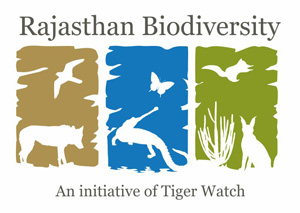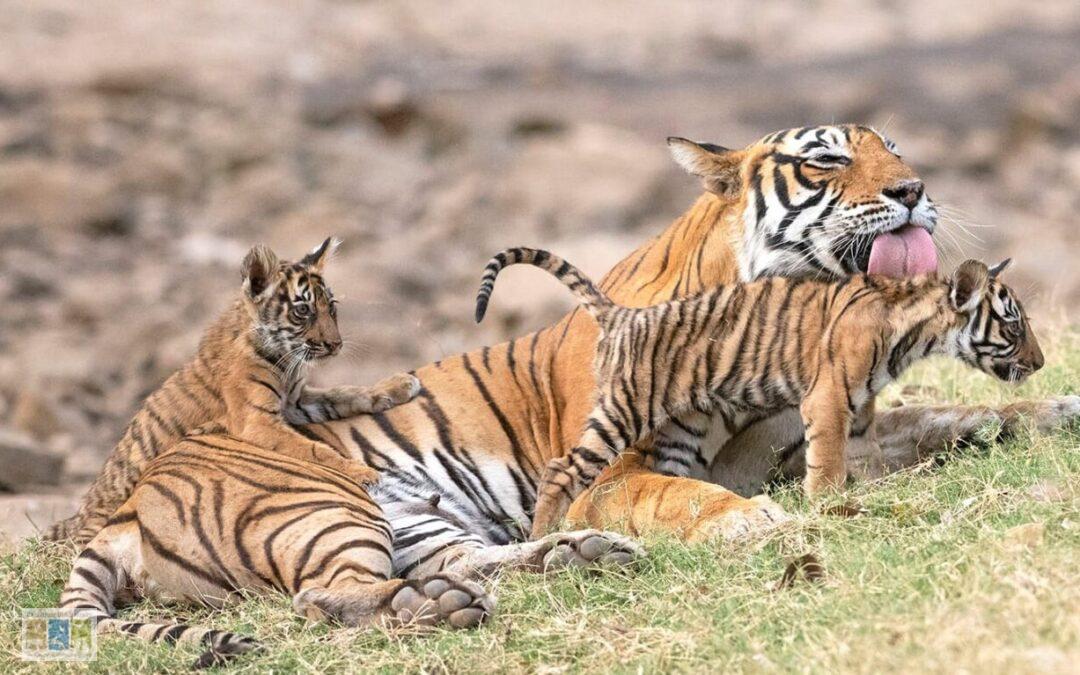
Conserve Tigers, Preserve Our Future! 🐯🌿
India is currently reassessing its tiger conservation campaign after five decades to evaluate the progress made thus far. Despite a significantly large human population in the country, we are delighted to have achieved the arguably remarkable feat of also having the highest tiger population in the world. As we contemplate our next steps as a nation, it is essential to chart a direction that determines that we progress in harmony with nature.

Cubs wandering leisurely (Image: Dharmendra Khandal)
The fate of tigers and humans in this country is inextricably intertwined. By prioritizing tiger conservation, we not only safeguard these majestic creatures but also ensure the protection of our precious forests. Consequently, this commitment leads to significant advancements in our relationship with water and food resources, which are essential to our survival.
However, considering India’s human population has grown by more than 100 crore people since 1950, and we have recently surpassed China in this regard, how can we successfully balance development with wildlife conservation?

Confrontation (Image: Dharmendra Khandal)
As mentioned earlier India boasts the biggest share, approximately 70%, of the global tiger population. Nonetheless, the conflict between humans and tigers in certain regions of the country has sparked debates regarding what the size of an ideal tiger population should be.
Considering the impact of climate change, it has become apparent that we may have to accept a certain degree of conflict between humans and wildlife. To date, no definitive solution has emerged that can eliminate such conflict in its entirety. After acknowledging this ground reality, it becomes essential to work towards mitigating and managing human-wildlife conflict in a way that balances the needs of both humans and wildlife.

The 53 designated tiger reserves spanning an area of 75,796.83 square kilometres, safeguard one-third of India’s forest for the preservation of tigers. Notably, approximately 48% of these reserves have been established in the past 15 years, emphasizing an increasing focus on tiger conservation. These encouraging trends indicate that a significant portion of the remaining forests can still be conserved to provide sanctuary for tigers.
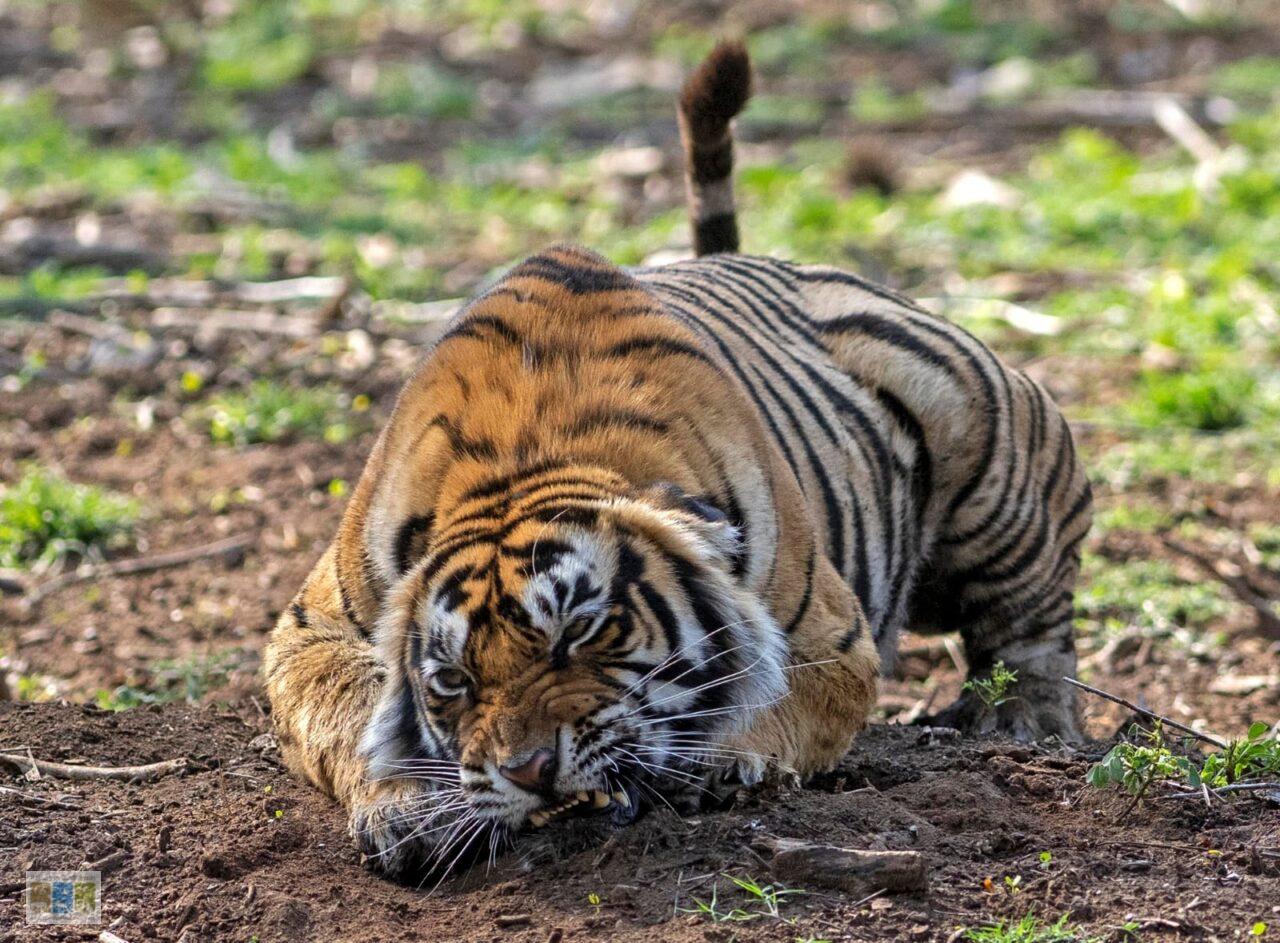
Take Rajasthan for example- The amount of tiger reserve area in the state was not large initially, but the state has recently demonstrated remarkable progress by more than doubling its tiger reserve area from 2292 sq km to 4886 sq km over the past decade, with plans to triple it in the near future. However, despite having ample opportunities, several states like Madhya Pradesh, Chhattisgarh, Odisha, Telangana, and Andhra Pradesh, are yet to undertake similar efforts in expanding their tiger reserves.
Out of a total of 53 tiger reserves in India, approximately 20 reserves cover one-third of the total tiger reserve area. Astonishingly, these reserves account for less than 100 tigers, representing a mere 3-4% of India’s tiger population. This alarming statistic highlights the urgent need for immediate action towards the conservation of these reserves.
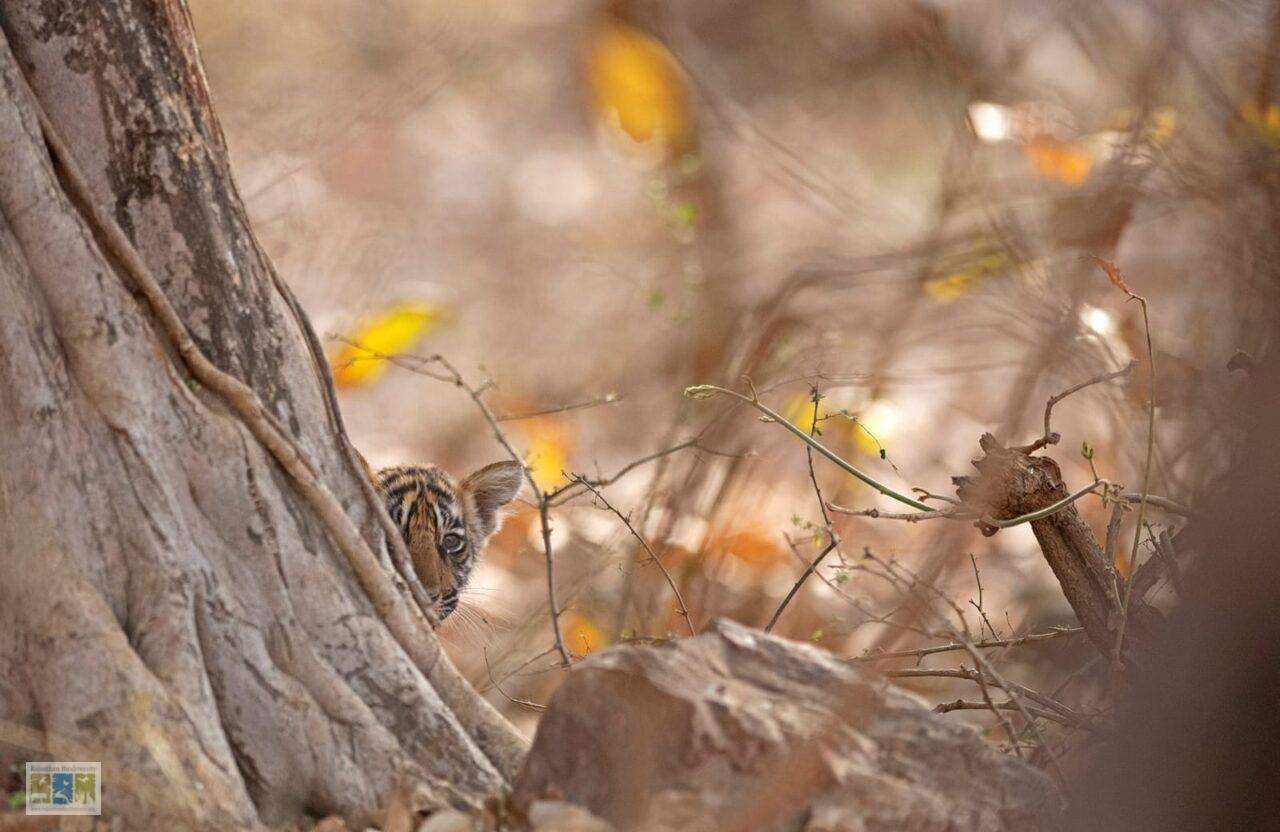
According to the United Nations, India’s human population is projected to start declining as early as 2047, eventually reaching 1 billion by 2100. However, this century holds immense significance for our forest and wildlife conservation goals, which will serve as a testament in the future. Despite this potential, it is evident that our forest management practices require improvement. With proper management strategies in place, achieving a tiger population of over 10,000 is indeed attainable.
It is crucial to promote the development of additional tiger reserves in various states. It is counterproductive to discourage their establishment by imposing impractical rules and regulations. Often, it has been observed that the tiger habitats which are deemed suitable extend beyond predefined areas specified by regulations. This highlights the need to further understand and identify suitable habitats for tigers, indicating that our current knowledge might be limited in determining their ideal habitats. An encouraging example is the influx of numerous tigers into the Ratapani Wildlife Sanctuary, situated near Bhopal in Madhya Pradesh. Despite this positive development, the state government of Madhya Pradesh remains hesitant to designate it a tiger reserve.

Efforts should be intensified to expedite the voluntary relocation of villages within tiger reserves while ensuring adequate compensation and responsible care for the relocated communities. It is imperative to diligently coordinate a well-planned and strategic relocation process. For example, in Ranthambore, around 1500 families were relocated, but the relocation of 500 of those 1500 families proved beneficial for tigers, as they were situated in the most vital tiger habitat. Therefore, prioritizing relocation procedures that are both equitable and strategic, will ensure the long-term effectiveness and favorable results of such endeavors.
There is a pressing need to prioritize the development of corridors between states to facilitate the movement of wildlife. In addition, by facilitating the sharing of tigers between states, the issue of genetic depression can be effectively addressed, ensuring healthier and more robust tiger populations.

By embracing progressive and innovative approaches to tourism regulations and ensuring the broader distribution of benefits, wildlife conservation efforts can be significantly advanced. For instance, moving away from large-scale tourism establishments and promoting small-scale Homestays can generate employment opportunities for a greater number of people. This approach will foster stronger connections between the tiger and its conservation efforts.
To change people’s perspectives, it is crucial to emphasize the benefits derived from the tiger in terms of ecosystem services. For instance, in Ranthambhore, which is the world’s driest tiger habitat, the region provides enough water to irrigate 300 villages through the existence of 20 dams despite being an arid region. However, it is unfortunate that many local residents perceive Ranthambore solely as a forest developed for foreign tourism. Efforts should be directed towards educating communities about the positive impact of tigers and the conservation of wildlife, thus fostering a deeper appreciation for their ecological significance.
The assertion that tigers must be constrained once their population reaches 4000, implying potential human wildlife conflict problems, and the proposal of sterilization as a control method, demonstrate a limited perspective and a lack of innovative thinking.
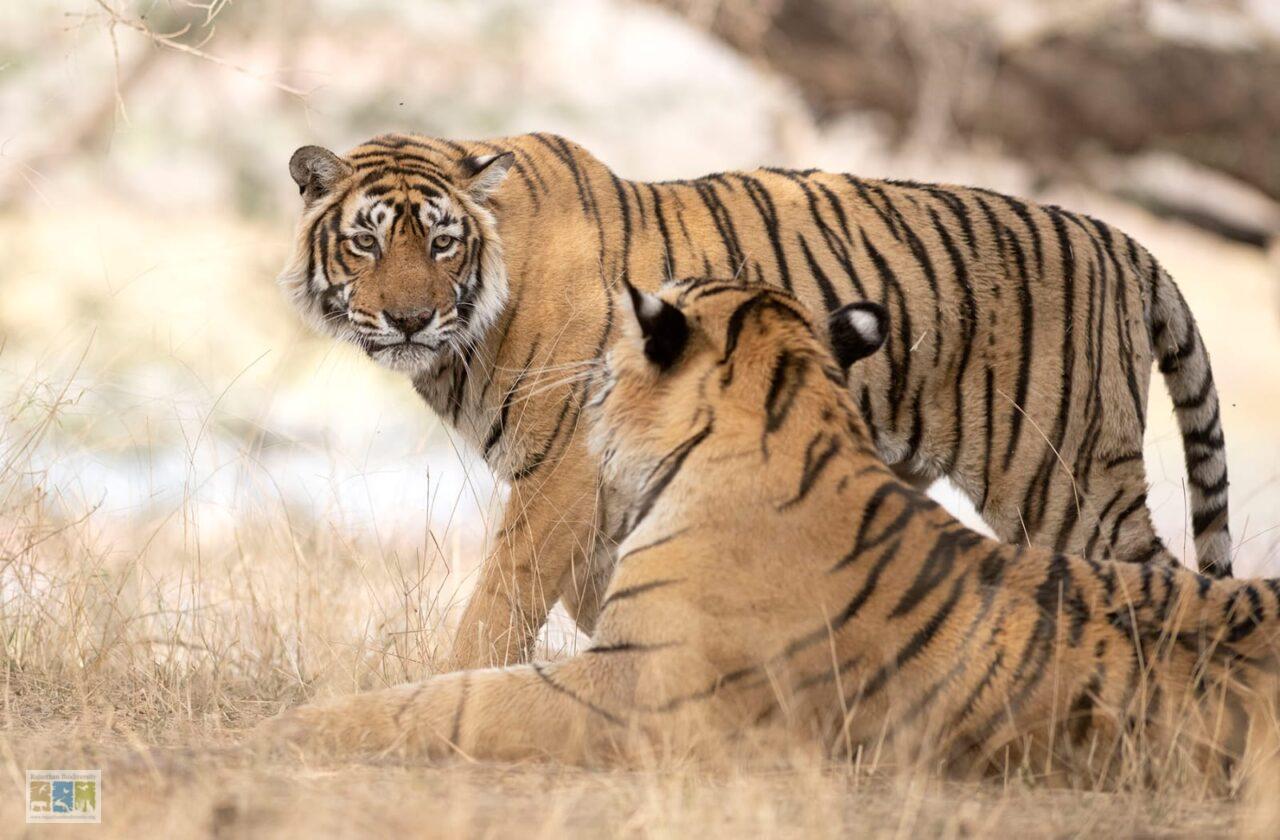
Proposing the imposition of tiger population control measures based on a specific number sends a highly misleading message to the general public. It implies that tiger conservation is merely an experimental endeavour driven by the dogmatic rigidity of a particular class of people. Such statements can lead the public to unfairly blame the entire wildlife conservation effort for any minor difficulties that may arise in the future out of human wildlife conflict etc. If challenging times do occur, it is crucial to make appropriate decisions at that time, which will not require excessive planning in advance. There is no need to prematurely create an atmosphere of fear, as we can address it when it becomes necessary. Controlling tiger populations through sterilization or culling seems challenging, considering the level of precision that will be required in profiling all wild tigers. In other words, we can cross that bridge when we come to it, there is no need to raise patently unnecessary concerns at this stage.
In our country, dogs are accountable for causing more than 4,000 human deaths annually, whereas encounters with tigers result in less than 2% of human fatalities. The ecological role of dogs remains unclear. It is important to highlight that snake bites claim the lives of 50,000 individuals, and we have yet to effectively tackle this issue. In light of these circumstances, it prompts us to question the true level of threat posed by tigers. Our society is far from flawless and perfect.So, why is there such an uproar over conflicts with tigers?

It is essential to transcend narrow perspectives and actively seek innovative strategies that ensure the long-lasting success and sustainability of our wildlife conservation efforts. While it is essential for the general public to understand this significance, policymakers in particular must strive to avoid devising plans without due consideration of perspectives that might be deemed ‘unorthodox’. Embracing a broader and more innovative outlook is crucial for safeguarding both the well-being of tigers and the basic needs of our human population.
